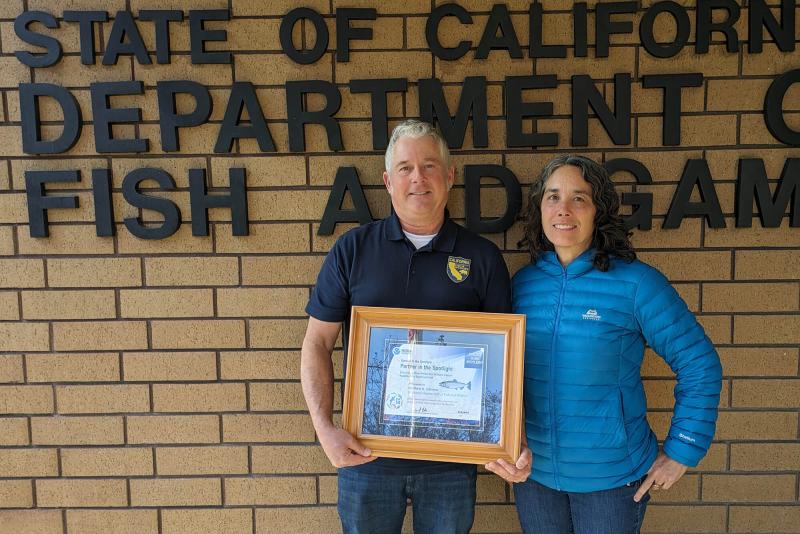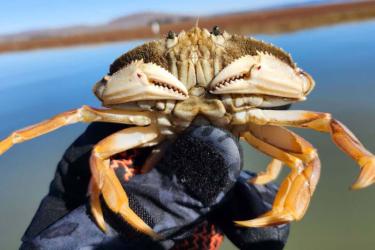Partners have pulled together to support the recovery of endangered Sacramento winter-run Chinook salmon in the last few years. However, the species still faces threats from climate change and other factors.
That is the conclusion of an Endangered Species Act review that NOAA Fisheries completed for the native California species. It once returned in great numbers to the tributaries of the Sacramento River and supported local tribes. The review concluded that the species remains endangered, and identified key recovery actions to help the species survive climate change.
While partners have taken steps to protect winter-run Chinook salmon, blocked habitat, altered flows, and higher temperatures continue to threaten their survival. While threats related to habitat destruction have eased, those related to disease and climate change have increased.
“Although a great deal of progress has been made towards the recovery of this species, new threats have emerged,” said Evan Sawyer, species review lead for winter-run Chinook salmon. NOAA Fisheries has designated winter-run Chinook salmon as one of nine national “Species in the Spotlight” in need of urgent recovery actions. “With the continued help of our partners, actions taken in the next few years could help reverse the declining trend for this species.”
In the 1940s, Shasta Dam blocked winter-run Chinook salmon from reaching their historical spawning habitat in the cold McCloud River and other tributaries of the Sacramento River. The species began spawning instead in the main channel of the river below the dam, where they are exposed to high summer temperatures. This warmer water can heat the river to lethal levels that can kill their incubating eggs.
The survival of the eggs in the main channel hinges on careful management and release of cold water from the depths of Shasta Reservoir. We use a model for tracking reservoir temperatures and a device to release water from certain depths. The temperature management helps protect winter-run eggs in the river below the dam until they hatch.This often affects the water available for other purposes, especially irrigation, requiring sacrifices from farmers.
Other factors also affect fish survival. In the last few years, researchers have recognized that thiamine deficiency can compromise the health of winter-run Chinook offspring. Biologists have begun to inject adult female Chinook salmon with supplemental thiamine, which quickly corrects the deficiency.
Over the last 2 years, federal and state agencies have worked with the Winnemem Wintu Tribe to move some winter-run eggs from the Livingston Stone National Fish Hatchery to the McCloud River. The fish once there spawned naturally before the construction of Shasta Reservoir. The eggs incubated in McCloud River water so juvenile fish that hatch and migrate to the ocean would seek to return to that tributary as their home.
The pilot effort was the first return of the species to their original spawning habitat in nearly 80 years. NOAA Fisheries recognized Matt Johnson, a biologist with the California Department of Fish and Wildlife, as a “Partner in the Spotlight,” for helping the project succeed. Johnson and his team camped along the McCloud River to tend to the incubating eggs until they hatched and moved into the river to swim downstream.
The recovery plan for the species calls for scaled-up reintroduction of the species to the McCloud River. That in turn hinges on development of a system to provide safe passage of juveniles from the McCloud River to below the dam to continue their migration to the ocean.


